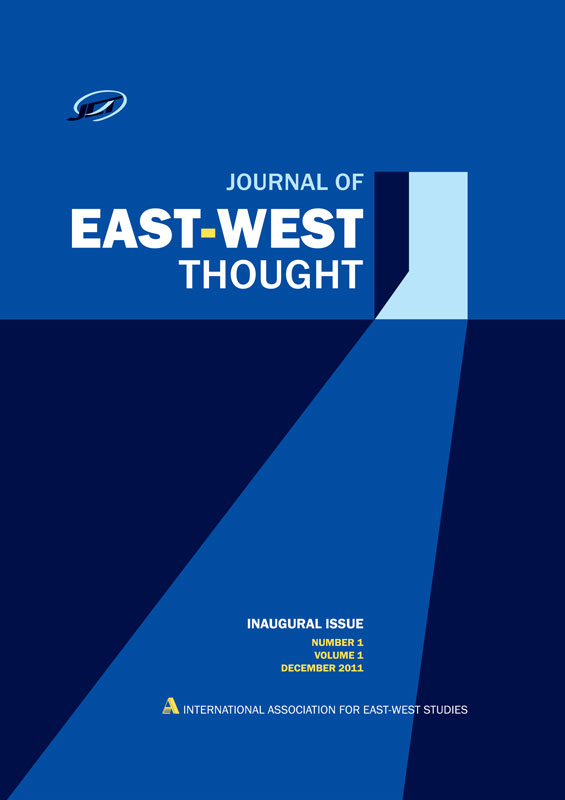Application of bass model in tourism facility management in India.
DOI:
https://doi.org/10.7492/zhj2sc33Abstract
The Bass Model, a predictive model, used to predict the adoption of new products and technology, can be applied to many tourism facility management situations in India. India is one of the fastest growing tourism markets in the world and the tourism sector has its own challenges in Resource allocation, facility management and planning tourist traffic demand. The Bass Model provides us a way to analyze tourist adoption patterns for new facilities, new destinations and services, and creates a forecast of the diffusion of innovation in the market. The model sorts tourists into imitators and innovators, and helps tourism managers enhance marketing strategies, distribution of resources and promotes tourism sustainable growth. For instance, managers can use the preferences of early adopters to fine tune their offerings and how they can leverage imitators’ behavior to boost word of mouth promotion. Since India is a vast country with cultural, regional and seasonal diversity having a tremendous impact on people's tourism, the Bass Model gives insights into the consumer behavior trends which is useful in taking data driven decisions for infrastructure development and promotional strategy. Additionally, the integration of the model with digital analytics and AI increases the accuracy of the prediction, and it can provide prediction of peak periods and facilities management in times of sudden surge of tourists numbers. Therefore, this approach ensures a balance between the service quality and environment sustainability. Applying the Bass Model is thus a revolutionary approach in India to tourism facility management that meets changing market needs and promotes long-term growth of the facility as well as the satisfaction of its customers.




